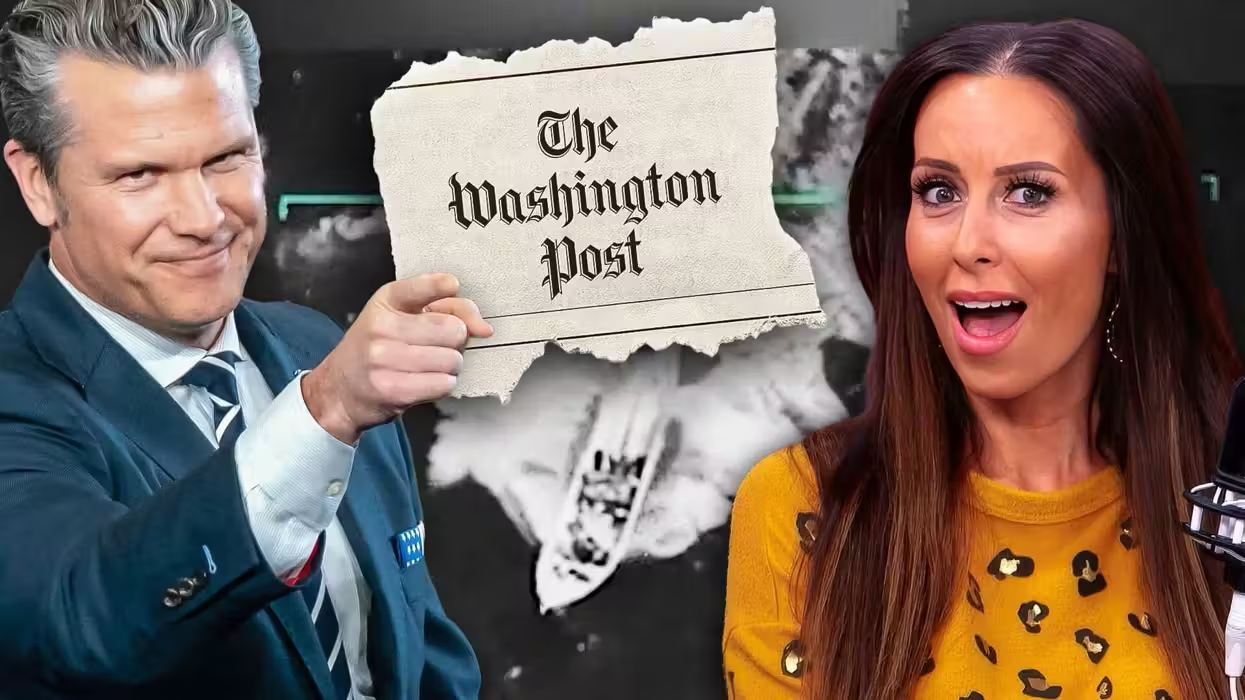
© 2025 Blaze Media LLC. All rights reserved.
 Illinois Gov. Pat Quinn (AP Photo)
Illinois Gov. Pat Quinn (AP Photo)
Last week, the Securities and Exchange Commission charged Illinois with fraud for misrepresenting the fiscal health of its public pension system. For years, the Midwestern state had been hoodwinking municipal bond investors into believing that it had been properly funding its public servants’ retirement plans when, in reality, the state has a long history of underfunding its pension liabilities. While such blatant pension fraud may be unique to the Land of Lincoln, deception unfortunately is not.
As American Enterprise Institute scholar Andrew G. Biggs explained in a 2010 report, states have been severely underestimating their unfunded liabilities—the difference between the promises made to future retirees and the money saved for these promises–for decades. Although no two pension systems are exactly alike, states typically assume an 8% return on the investments they make towards their employees’ benefits. However, they don’t always receive such a return, as the value of stocks, bonds, and real estate fluctuates year to year.
As Bigg’s explains through an example in his report:
[I]magine a pension that owes a lump-sum liability of $10 million to be paid fifteen years from now. If we discount that liability by the 8 percent return typically projected for pension assets, it has a present value of $3.15 million. A public pension would consider that liability fully funded if it held at least $3.15 million in assets. The practical problem is that those assets are risky while the liability is certain. A simple simulation of market returns shows that, even if we assume that the average long-term return is accurately predicted at 8 percent, volatility from year to year means that $3.15 million in assets today would have only around a 40 percent chance of reaching the goal of $10 million in fifteen years. The remaining 60 percent of the time the plan’s investments would fall short.
History shows this eight percent assumed return to be overly optimistic. Indeed, Biggs calculates the probability of a state being able to cover accrued benefit liabilities with current assets at only 16 percent. There is almost always a difference between what states owe to its retirees and what their assets can cover – and taxpayers are stuck with the bill. As such, it is imperative that states estimate their liability in a manner that more accurately accounts for market risk. After doing so, they can plan a proper funding schedule that eventually eliminates their liabilities and thereby avoid repeating Illinois’ mistake.
Today, the states estimate their unfunded liabilities to be $757 billion assuming this 8% return. However, a more accurate model favored by many economists like Biggs is the Black-Scholes fair market valuation formula that better accounts for risk in returns on investment—this is closer to how corporations value their debt obligations. Using this model, the state’s unfunded liability calculates to almost $3 trillion. This massive amount is almost five times more than the explicit debt that states owe, which was $607 billion as of last year.
Want to leave a tip?
We answer to you. Help keep our content free of advertisers and big tech censorship by leaving a tip today.
Want to join the conversation?
Already a subscriber?
more stories
Sign up for the Blaze newsletter
By signing up, you agree to our Privacy Policy and Terms of Use, and agree to receive content that may sometimes include advertisements. You may opt out at any time.
Related Content
© 2025 Blaze Media LLC. All rights reserved.
Get the stories that matter most delivered directly to your inbox.
By signing up, you agree to our Privacy Policy and Terms of Use, and agree to receive content that may sometimes include advertisements. You may opt out at any time.






